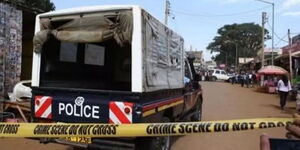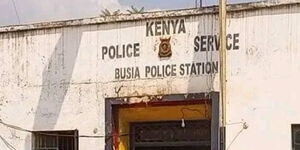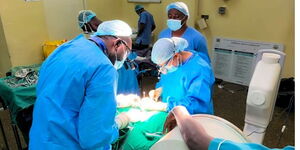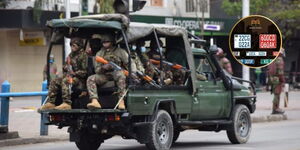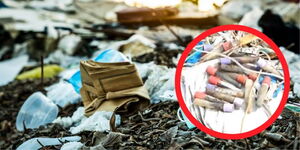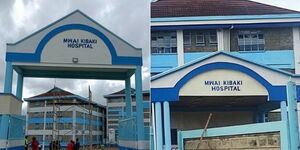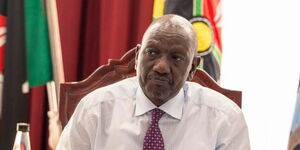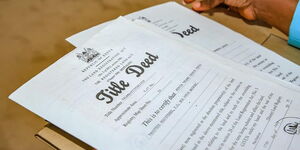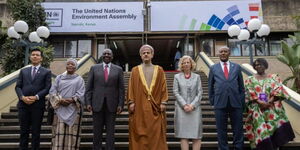It is now apparent that some lives lost in Kenya are as a result of the infiltration of fake pharmaceutical products into the local market.
Speaking to the press on Tuesday, February 14, Kenya Association of Pharmaceutical Industry Chairperson Anastacia Nyalita disclosed that counterfeit medicines had hit between 20 to 25 per cent of the country's pharmaceuticals market.
She further noted that research done by her organisation alongside researchers from the University of Nairobi (UoN) found that some of the counterfeit drugs are sneaked into the country due to weak legislation implemented by the state.
She added that questionable medical brands operating in Kenya accounted for about eight per cent of the entire pharmaceutical industry.
"A market study we commissioned in conjunction with pharmaceutical researchers from the University of Nairobi confirmed the existence of counterfeit and unregulated medicines in the country.
"It confirmed an 8 percent prevalence of unregulated or gray medicinal brands," Nyalita revealed in an interview with China Daily, a Chinese publication.
Her revelation corroborated an earlier report from the United Nations Office on Drugs and Crime (UNODC) which had found that counterfeit medicines were responsible for nearly 500,000 deaths in Sub-Saharan Africa.
Fake medicines touted to cure malaria reportedly killed 267,000 in one year.
The report, which was titled Trafficking in Medical Products in the Sahel, also found that Kenya was used as a counterfeit drugs trafficking route with some of the drugs ending up in Chad.
Earlier, a 2012 research by an association of Kenyan Manufacturers (KAM) found that counterfeit medicines cost traders 40 per cent of the market share and wiped Ksh63 billion from the collective East African pharmaceutical industry.
Nyalita noted that most of the fake drugs posed fatal danger to their consumers, a majority of whom were from poverty-stricken backgrounds and consumed the drug unaware.
"Counterfeit and unregulated pharmaceutical products ultimately raise the cost of healthcare delivery among the most vulnerable groups, while limiting the efficacy of crucial drugs due to poor formulation. Such products pose a grave danger to the national healthcare goals," she explained.
Centers for Disease Control (CDC) estimates that there are 3.5 million new clinical cases associated with malaria infections and 10,700 in Kenya deaths every year.
In 2022, the Kenyan Pharmacy and Poisons Board (KPPB) advised Kenyans to be wary of chemists bearing no names on display as well as those operating without displaying healthy safety codes that show their registration details.
"The Pharmacy and Poisons Board wishes to guide the public that chemists bearing no names on display is a key pointer to illegal pharmaceutical outlets," the Pharmacy Board explained.

